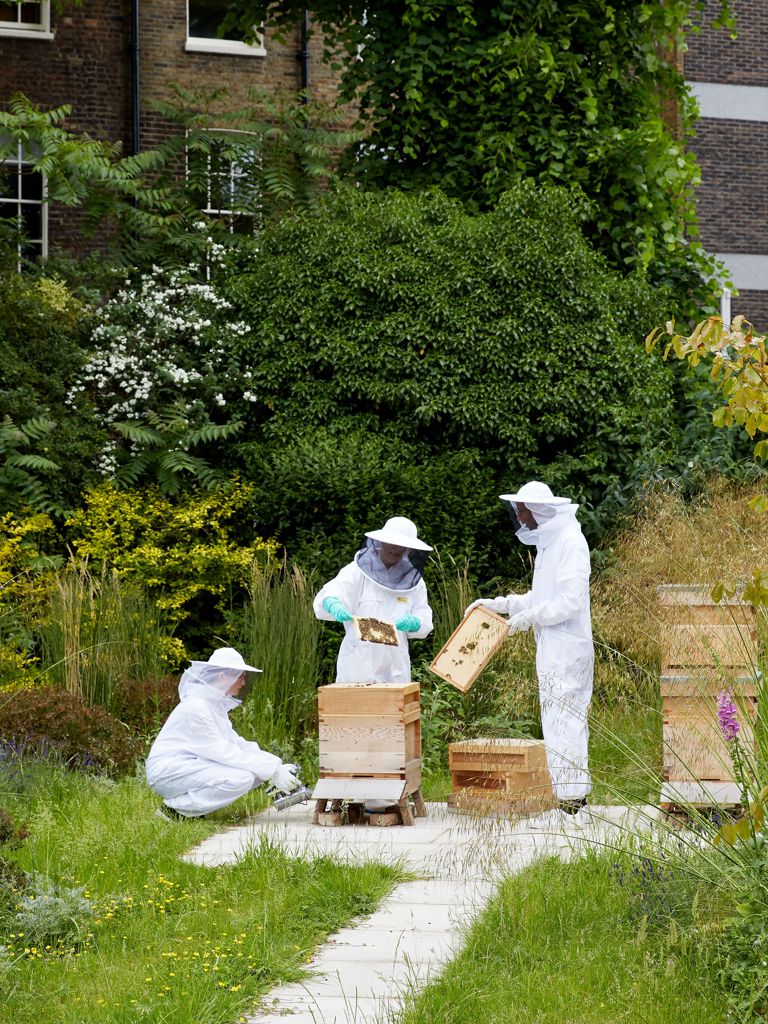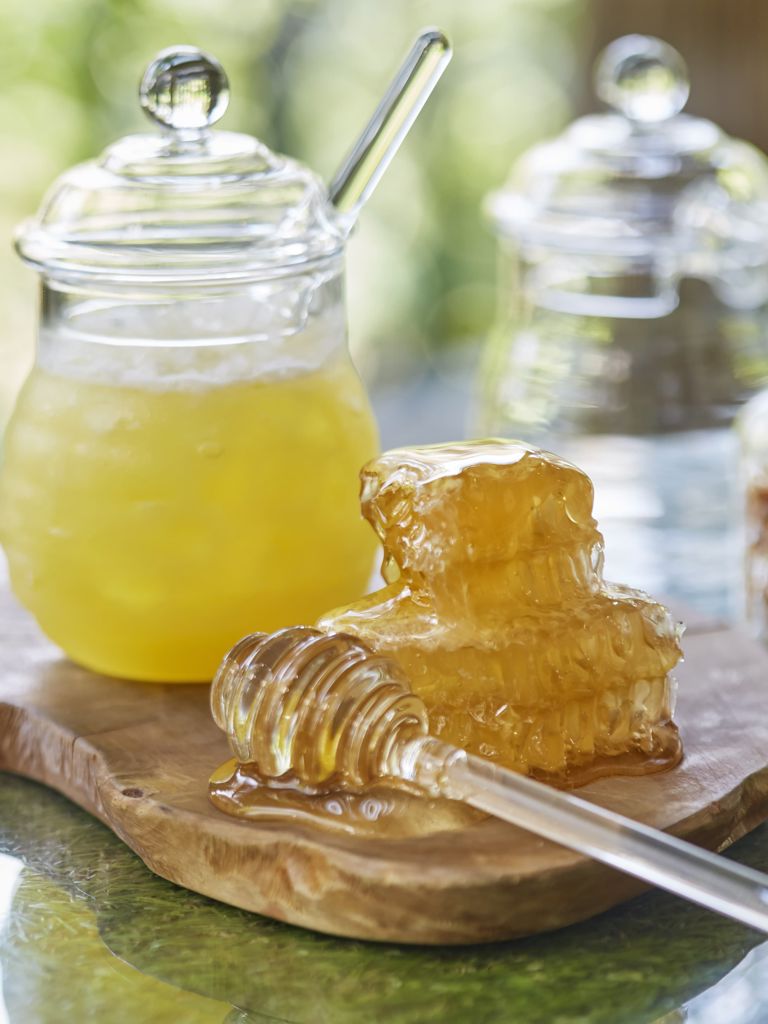
The Bloomsbury bees: meet beekeeper Paul Walton
Learn all about The Montague's very own honey bees with beekeeping expert Paul Walton.

Learn all about The Montague's very own honey bees with beekeeping expert Paul Walton.
Get up close with the bees in The Montague's beekeeping experience.
Discover more